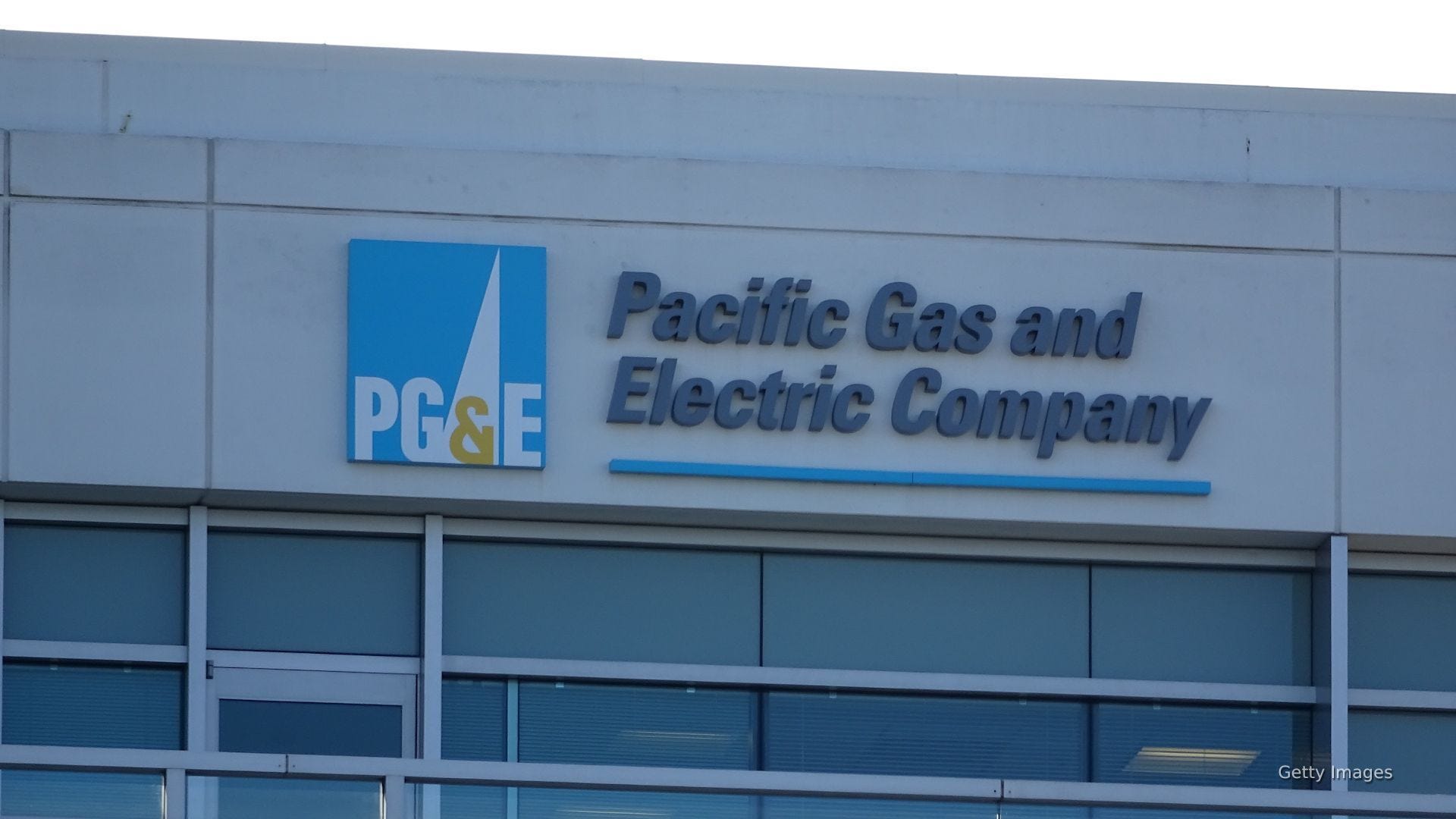Trump's FY26 budget plan would cut all utilities assistance for 6 million households.

As many as 5.9 million households may have to go without heat or air conditioning soon if Health and Human Service’s proposed budget gets passed, the National Energy Assistance Directors Association warns.
A leaked HHS budget proposal for fiscal year 2026 shows zero dollars allocated to the Low-Income Home Energy Assistance Program (LIHEAP) provides financial assistance to help customers on limited incomes pay their energy bills. The federal government’s fiscal year runs from October 1 to September 30.
Paste BN was the first to report HHS’ intent to ax LIHEAP as well as the Head Start program that helps prepare young children for school.
HHS “Secretary (Robert F.) Kennedy should be ashamed of this budget, because they are proposing to take money out of the pockets of six million very poor families so the well off can get even bigger tax breaks,” said Mark Wolfe, executive director of NEADA, where he leads the state low-income energy directors and represents their interests before Congress.
Will Americans face cut offs even sooner?
The proposed budget has the ax falling for LIHEAP in fiscal year 2026, but 750,000 households may get cut off even sooner.
Earlier this month, HHS laid off the entire LIHEAP staff. The double-digit number of people laid off may be a small fraction of the 10,000 total layoffs at HHS, but the cuts included the person who determines what funds each state receives for the program.
Without a breakdown of where LIHEAP money should go, HHS can’t distribute the remaining money for the program for this fiscal year, ending September 30, Wolfe said. The remaining money for this fiscal year is about $378 million, which he said would help 750,000 households pay cooling bills this summer.
“At a time when so many families are struggling to make ends meet -- and tariffs are poised to drive prices even higher – it’s unconscionable to rip away the help that Congress has already offered to people in need,” Wolfe said.
What are the risks?
Without LIHEAP assistance, people may not be able to pay their bills and end up sweltering in the summer heat and freezing all winter or even dying. Only 17 states and the District of Columbia provide consumers with some summer shut-off protections, Wolfe said.
“A $500 energy grant might not matter to (senior adviser to the president) Elon Musk and DOGE (Department of Government Efficiency), but it could literally mean life or death for families facing extreme winter cold and summer heat,” he said.
One in six American families is behind on their home energy bills and the total amount owed is approximately $21 billion, the highest since 2021 and up about 30% since the end of 2023. Nearly 40% of families earning less than $50,000 per year in a recent Census survey were unable to pay an energy bill at least once in the last 12 months.
Seventy percent of the households LIHEAP helps have at least one vulnerable and at-risk member who is elderly, disabled or a child under the age of six.
Medora Lee is a money, markets and personal finance reporter at Paste BN. You can reach her at mjlee@usatoday.com and subscribe to our free Daily Money newsletter for personal finance tips and business news every Monday through Friday morning.